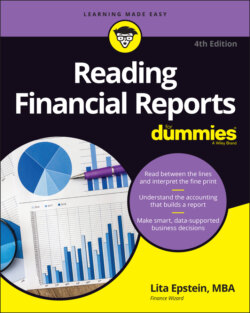Читать книгу Reading Financial Reports For Dummies - Lita Epstein - Страница 63
WHAT LED TO DODD-FRANK?
ОглавлениеMany people point to the near failure of American International Group (AIG) in 2008 as a critical event that led to the financial crisis of 2008. AIG, which was a global financial company with about $1 trillion in assets prior to the crisis, lost $99.2 billion in 2008.
Many are still trying to understand what caused the massive failure. Two key factors have been identified as the culprits that led to the major collapse. The company’s credit default swaps played a major role in the collapse. AIG lost $30 billion. Securities lending resulted in a $21 billion lost, which also shares a large part of the blame for the failure. Mortgage-back securities also played a major role in AIG’s collapse. The Federal Reserve rescued AIG with an $85 billion loan so it would not fail.
All of these factors were part of the reason for enacting the Dodd-Frank legislation, which identifies entities “too big to fail” and designates them a “systematically important financial institution (SIFI)” that must go through stricter Federal oversight. Interestingly, the Financial Statbility Oversight Committee decided in 2017 AIG no longer was too big to fail and removed the SIFI designation for AIG.
Almost since the day it was passed, moves have been made to weaken Dodd-Frank. The Trump administration started to tear down the law in 2018. Here is the damage that was done:
Bank regulation was watered down and the rules intended to protect big banks from collapse were changed. Fewer banks are now required to go through stress tests to be sure they can handle a severe downturn.
The CFPB’s role was weakened in its efforts to investigate subprime lenders. Originally, Congress made the director independent and they were only allowed to be removed for wrongdoing. The Trump administration fought a long battle all the way up to the Supreme Court, which ruled that the director can be fired at will by the president, which makes the director beholden to the political whims of a sitting president.
The Volcker Rule was loosened so that bank capital requirements are lower and banks can be granted permission to make investments in venture-capital funds, possibly setting the banks on the road to another financial crisis.
